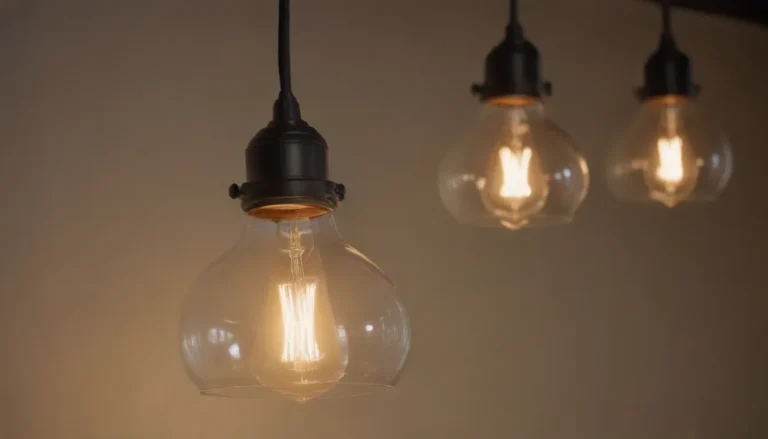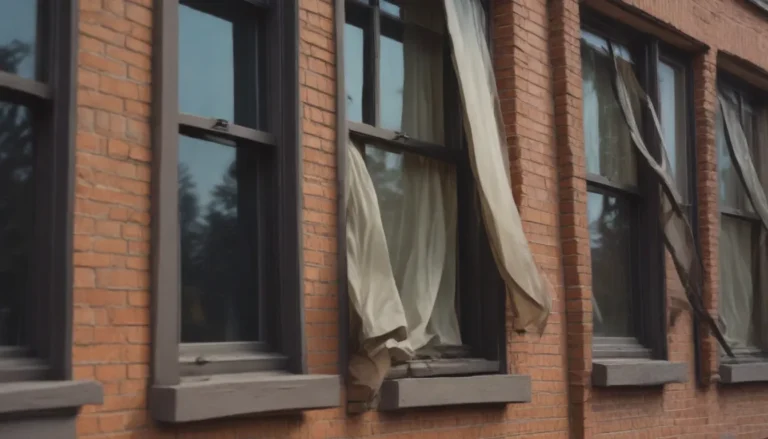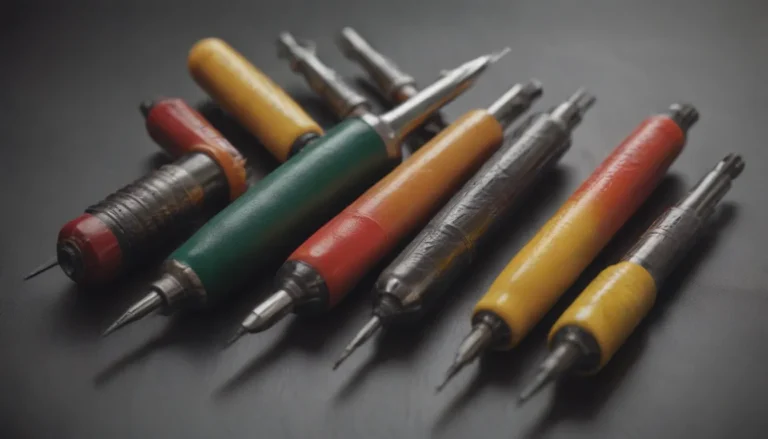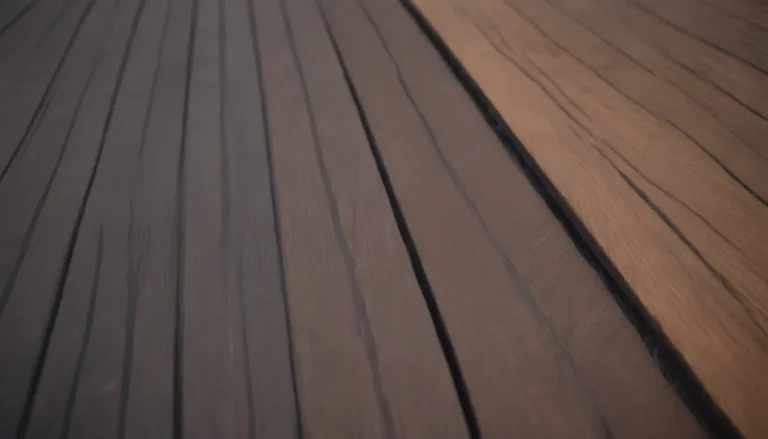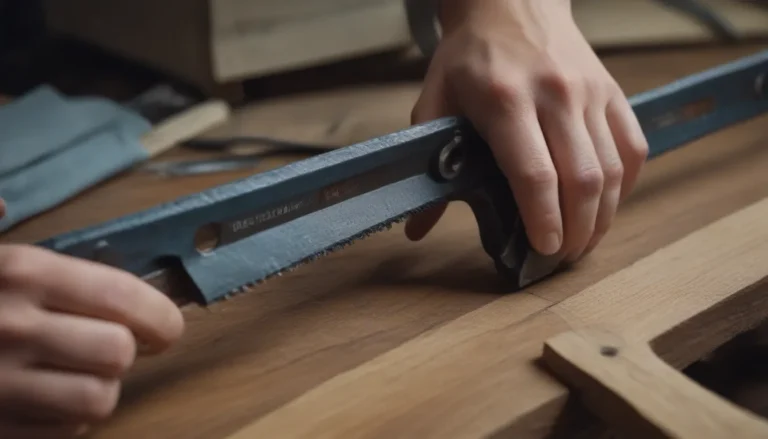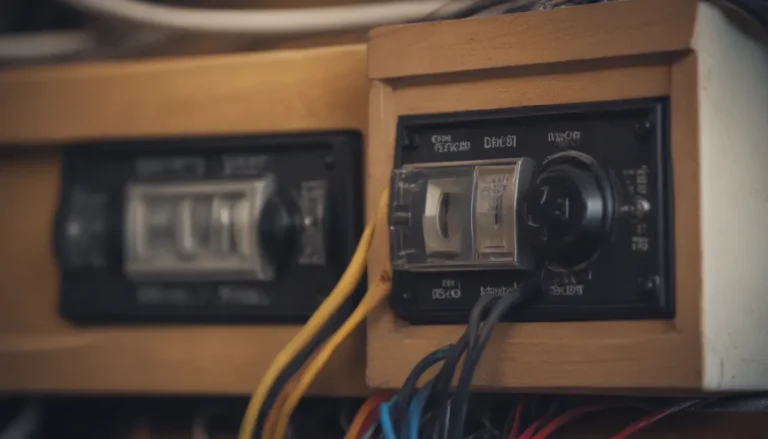Mastering the Art of Spray Painting: How Long Does It Really Take for Spray Paint to Dry?
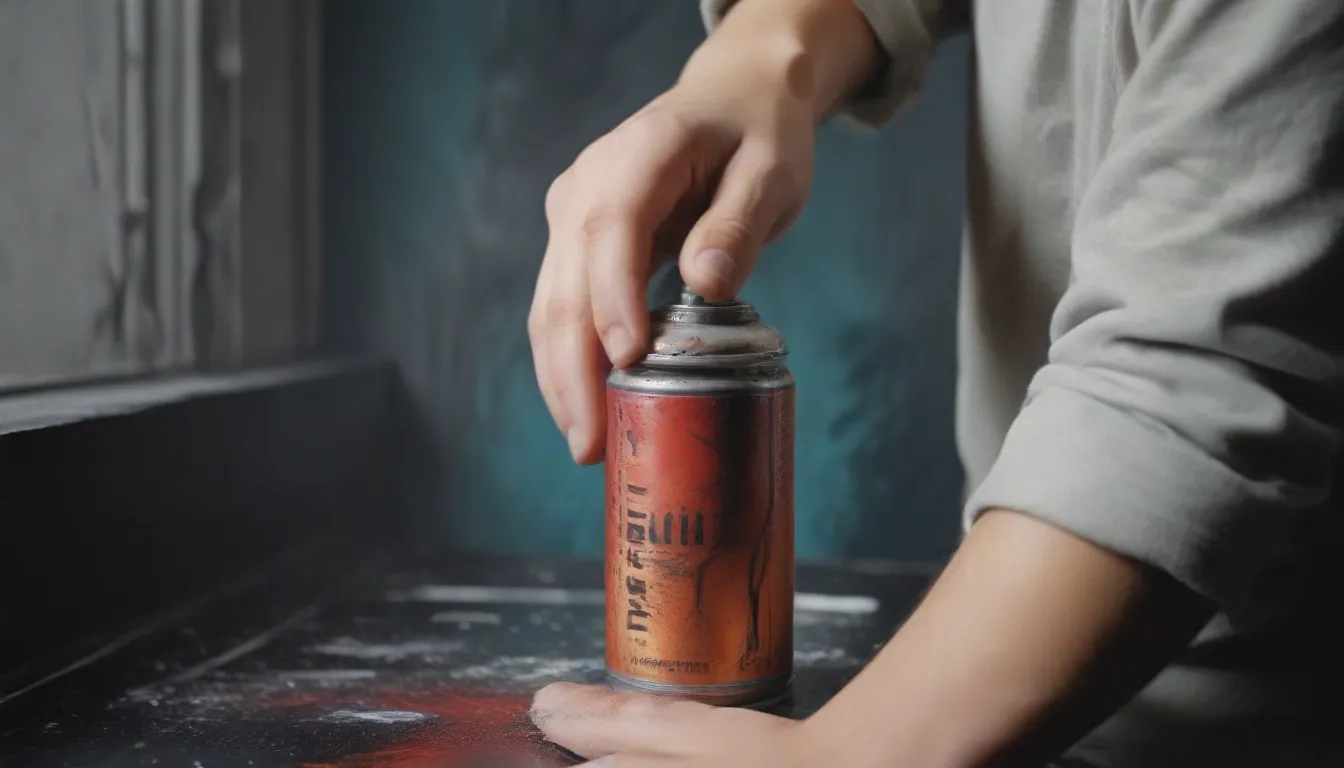
Are you a DIY enthusiast looking to spruce up your furniture, tackle a metalworking project, or give your home a fresh new look? Spray paint might just be your new best friend. With its hassle-free application from a convenient can, spray paint is a popular choice for quick and effective painting projects. But one burning question lingers – how long does it take for spray paint to dry?
Understanding Spray Paint Drying Time
The drying time of spray paint can vary widely, ranging from just a few minutes to several hours, with full curing taking up to 24 hours. Numerous factors come into play when determining how long it will take for your spray paint project to dry. Let’s dive into the key considerations that can influence the drying process:
Factors Affecting Drying Time
-
Type of Spray Paint: There is a plethora of spray paint options available, each with its own drying characteristics. From fast-drying to rust-preventive enamel, the type of spray paint you choose will impact how quickly it dries.
-
Material and Texture: The surface you’re painting on, whether it’s wood, metal, or plastic, as well as its texture (rough, smooth, porous, or nonporous), can affect drying times significantly.
-
Climate: The ambient temperature and humidity levels in your environment play a crucial role in the drying process. For optimal results, aim to spray paint in temperatures between 40 to 80 degrees Fahrenheit and humidity levels between 40 to 50 percent.
Understanding Dry vs. Cured Paint
It’s essential to differentiate between dry and cured paint. While dry paint may feel touchable and appear dry, it hasn’t reached its maximum hardness level. Cured paint, on the other hand, has fully hardened and stabilized. Keeping this in mind will help you plan your project timeline effectively.
Drying Time Guidelines
- Wood:
- Metal:
- Plastic:
Remember, these are general guidelines, and variations may occur based on specific product instructions and environmental factors.
Tips for Speeding up Drying Time
If you’re impatient to see the final results of your spray painting project, there are several strategies you can employ to expedite the drying process:
- Apply thin coats: Multiple thin coats dry faster than one thick coat.
- Increase air circulation: Utilize fans or open windows to enhance airflow.
- Use a dehumidifier: Lowering humidity levels can help paint dry quicker.
- Choose fast-drying spray paint: Opt for products designed for speedy drying.
Be mindful of waiting periods between coats, as specified on the product’s label. While the paint may be touch dry within a couple of hours, complete curing will take longer. To accelerate drying, consider warming the drying space. Just be cautious not to introduce additional humidity, which could impede the drying process. Heat can facilitate quicker drying and curing, but always refer to the product guidelines for specific recommendations.
Expert Recommendations and Best Practices
For those looking to achieve flawless results with their spray painting projects, here are some expert tips to keep in mind:
- Preparation is key: Ensure the surface is clean, dry, and free of debris before painting.
- Test spray: Always conduct a test spray on a small area to gauge the color and coverage.
- Even strokes: Maintain a consistent distance and speed while spraying for uniform coverage.
- Multiple coats: Building up layers with multiple thin coats yields better results than a single heavy layer.
- Patience pays off: Allow ample time for each coat to dry before applying the next to prevent smudging or bubbling.
By following these recommendations and understanding the various factors that influence spray paint drying time, you can elevate your DIY projects to professional levels. Remember, the journey of mastering spray painting is all about practice, patience, and a willingness to experiment with different techniques.
Conclusion
In conclusion, the drying time of spray paint is a multi-faceted process influenced by various factors such as paint type, material, texture, climate, and application technique. By familiarizing yourself with these considerations and implementing best practices, you can achieve stunning results and transform your projects with the magic of spray paint. Experiment with different methods, embrace the learning curve, and unleash your creativity through the versatile medium of spray painting. Happy painting!
